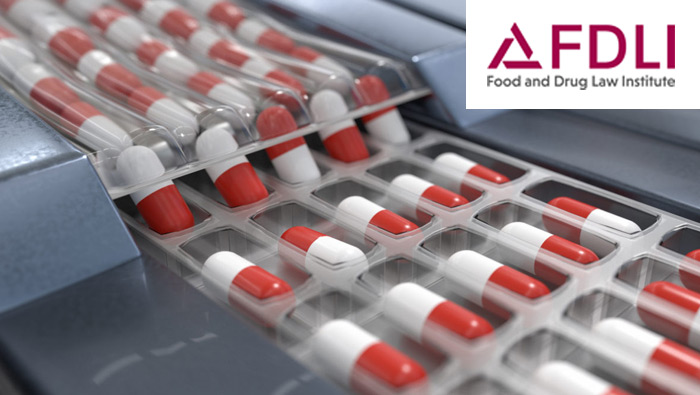By Amy Scanlin
Reprinted with permission from FDLI Update
Good Manufacturing Practices—those minimum requirements for methods, facilities, and controls used in manufacturing, processing, and packing of drug products.1 Though clearly articulated by FDA, a review of FY 2020 pharmaceutical inspection observational findings shows their execution is frequently lacking.
Though 2020 posed many challenges for the pharmaceutical industry, supply chain and product shortages,2 to name two, FDA’s focus on GMPs remained central to the agency’s regulatory enforcement and compliance strategy for protecting the American consumer.3 The COVID-19 pandemic created difficulties in materials sourcing and shuttered many on-site contract manufacturing, testing audits, and qualification activities, resulting in increased testing costs and a myriad of staffing challenges. Quality systems and oversight had to be adjusted on the fly to meet the evolving paradigm of transitioning from wholly on-site work models to hybrid virtual working team environments. From the executive level to the manufacturing floor, procedures for assuring a continuum of quality had to be flexible while remaining robust. Even those companies well equipped with GMP systems and solid experience found their routine operations strained by the ever-changing impact of the aforementioned factors.
Posted in Drugs, EAS in the News Drugs and tagged Amy Scanlin.
